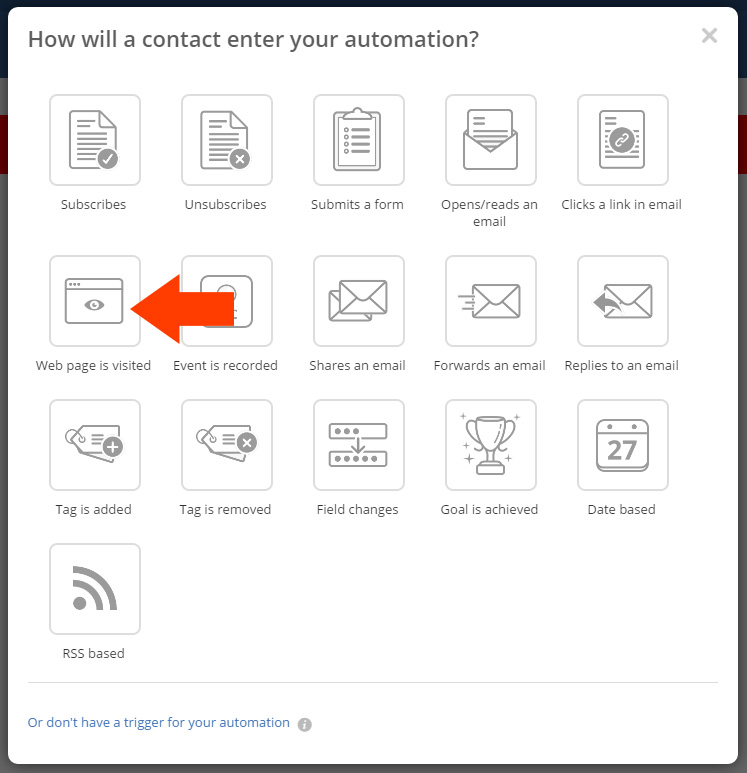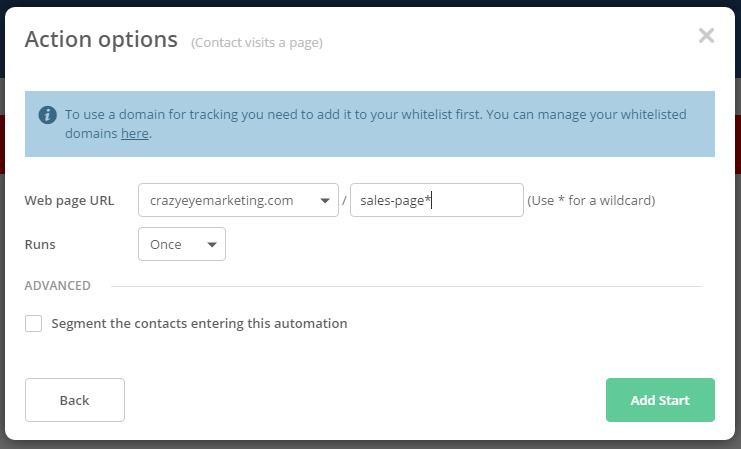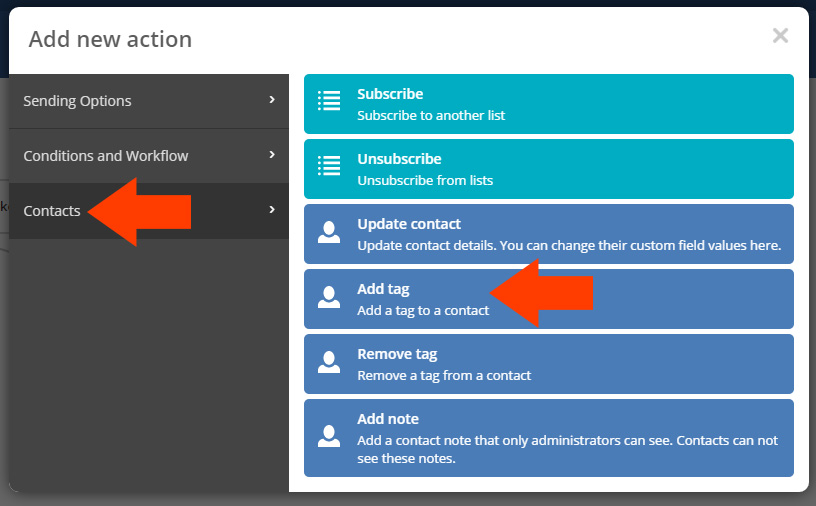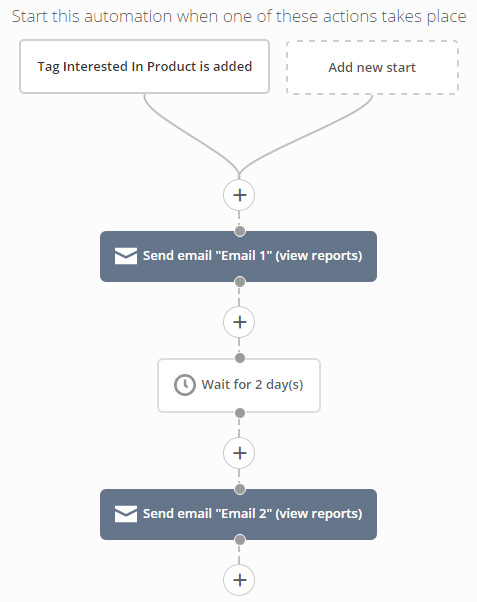I'm sure you've probably heard about email segmentation before and that you “should” be doing it. But, how do you get started and what do you segment for?
There are a lot of options, and when you're just trying to get started – it becomes overwhelming very quickly.
This post will give you a framework that simplifies the segmentation process and delivers the results you want!
- Related Course: The ActiveCampaign & Interest Driven Sales Funnels Course
What is email segmentation?
Email segmentation occurs when you separate individuals on your list by certain aspects or characteristics – for example:
- Demographics: age, gender, race, location, occupation, marital status, income, religion, etc.
- Date: signup date, birth date, retirement date, etc.
- Interests: hobbies, passions, etc.
- Activity: what they click, what they read, what they purchase, etc.
Why it's so powerful
It keeps things relevant to your subscribers.
Think about yourself for a second. When things are relevant to you – don't you pay more attention?
For example, if you live on the East Coast and there's a hurricane in the Atlantic – you pay attention. You read news and weather reports, you run to the store and stock up on water and non-perishable foods, and you make sure your insurance is up-to-date. Whereas, people on the West Coast probably don't care as much – it's not because they're insensitive, it's just not relevant to them.
Of course, this is an example of segmentation based on location and with this information you'd be able to better relate to your subscribers and sell more product.
Why it can become overwhelming
Given that you can segment subscribers a million different ways, it can become incredibly overwhelming very quickly.
For example; you may decide you want to segment males, age 18-34, who live in the US, and play basketball. But, you also cater to females, age 18-34, who live in the US, and play basketball. And, you know what? Some people in Canada also play basketball that you can cater to as well. And, what about older people who play basketball?!?!
Before you know it, you have 30 segments that you want to send “relevant” content to.
And, instead of writing out all these emails, you just say, “Screw it, I'll send the same one to everyone.”
I know I've done that.
Keep It Simple: Segment Based On Activity
Instead of worrying about age, gender, location, interests, etc. – I want you to only concentrate on two things:
- Activity
- Angles
Activity
Subscribers' activity with your emails, on your site, and with your products/services encompasses nearly all segmentation conditions. You can begin sending relevant information, based upon the links and pages the subscriber clicks and visits and the products/services they buy.
Angles
People are different. (shocking!)
Which is why angles are important.
Some people are very features driven. They want to know all the things a particular product/service can do before they make a decision. (Share: reports, testing information, dimensions, speeds, material, etc)
Some people are very benefits driven. They want to know the types of results they can expect from a particular product/service before they make a decision. (Share: testimonials, case studies, reviews, etc)
Some people want social proof. They want to make sure they're not the only one buying a particular product/service and that it's “legit”. (Share: “as seen on”, influencer use, number of people using, etc)
While there are tons of other angles, we're going to stick with these three:
- Features
- Benefits
- Social Proof
Putting Activity and Angles Together
Let's pretend that you run an eCommerce store selling men's ski clothing (ski pants and ski jackets).
You send an email to your list that shows your top selling pair of ski pants and your top selling ski jacket.
The subscriber clicks on the top selling ski jacket.
Based on that activity, you know they're looking for a ski jacket and you can begin sending relevant emails from different angles.
- Email 1 describes how the jacket is made with 100% Gore-Tex and can withstand 20 mph tumbles down a mountain
- Email 2 shows how the jacket will keep you warm in sub zero temperatures so you can enjoy your whole day skiing
- Email 3 shows the jacket was featured in Ski Magazine and Shaun White wears it
Now, it doesn't matter if the subscriber is male, female, young, old, lives in the US, or lives in Canada. What matters is that they're interested in a men's ski jacket and depending on what type of person it is – one of the 3 angles will hopefully connect with them and result in a sale.
How To Track Subscriber Activity
Every decent email autoresponder service comes with the ability to track subscriber activity on your website. For this example I'll be using ActiveCampaign, but if you use another tag based service – the concept will remain the same.
Note: there are many, many, many different ways to track how people act and engage with your content. I've simply outlined one way below, and if it doesn't “fit” what you're trying to do, try and figure out another way! (there's always a way)
- Related Course: The ActiveCampaign & Interest Driven Sales Funnels Course
Steps:
- Ensure Site Tracking is installed. [learn more]
- Login to ActiveCampaign.
- Create a New Automation.
- Start from Scratch.
- Select “Web page is visited”.

- Enter the Web page URL you have designated to “mark” a particular interest. This URL is typically a sales page; however, it may also be a page on a specific topic or interest.

- Add as many other “Starts” as makes sense. For example, if you have multiple pages on your site that signal interest in the same topic, product, or service – make sure you have all of them as starting points for this automation.
- Select the little + icon, then “Contacts” and “Add tag”.

- Enter in the name of your tag. I typically name mine “Interested In [X]” where [X] is the product/service name or topic.

- Create a new automation with the “Start” being the tag you added while following steps 1-8. Make the automation do whatever you want, ie. send emails from different angles.

- Make sure you make your automations active!
Conclusion
As you're well aware, email segmentation is incredibly powerful when it comes to increasing conversions and it should be implemented; however, it can become overwhelming very quickly if you don't have a strategy or plan to follow.
This is why I recommend focusing solely on Activity and Angles. Don't mess with demographics, dates, interests, etc. All that “stuff” can be summed up by the actions subscribers take.
By addressing what people look at and show an interest in, and then relating to those people based on how they think, research, and buy, you'll be able to convert more people into buyers than ever before!
Are you ready to start building sales funnels? Checkout The Sales Funnel Training Vault!
